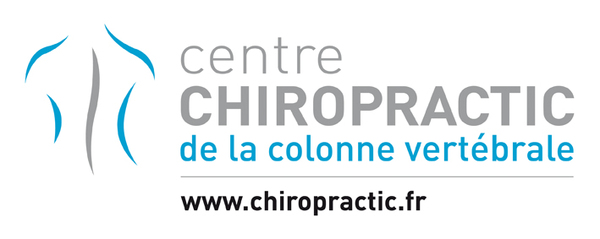I've been a chiropractor in Paris for some thirty years, specializing in postural correction, and I often see patients with herniated discs. I'd like to share with you 5 key tips for managing a herniated disc, whether cervical or lumbar.
First of all, what is a herniated disc?
Between the vertebrae of the spine, you have the intervertebral discs that separate the vertebrae. When these discs wear out, the thickness decreases, the disc crushes and comes into contact with the nerves that exit to the side. Symptoms are usually pain in the neck or lower back, extending down the arm in the case of a cervical herniated disc, and down the leg in the case of a lumbar herniated disc. Diagnosis is usually confirmed by MRI.
Here are 5 key tips to give you the best chance of getting out of this situation.
1/ Understand why you have developed a herniated disc.
It sounds logical, but medicine in general focuses on symptoms without necessarily understanding their origin. To put it plainly, the structure and position of your spine are mostly involved. A leg that's shorter than the other, a lack of lordosis or lumbar curvature, too much lumbar curvature, scoliosis, etc. are all factors that distribute the weight of your body incorrectly over your pelvis, and encourage the appearance of lumbar hernias. Stiffness of the cervical spine or an inversion of the neck curvature are often responsible for cervical hernias. 90% of hernias are postural in origin, and 10% traumatic.
2/Theright exercises at the right time.
Understand that in the acute phase of a herniated disc, it's preferable to relieve the inflammation (application of ice, non-steroidal anti-inflammatory drugs, infiltration), gently mobilize your joints (spinal manipulations called chiropractic adjustments for us chiropractors), regain some muscular suppleness (work on the analgesic position), accupuncture etc.
Initially, therefore, I recommend light mobilization exercises in comfort, focusing mainly on relief.
Once the acute phase has subsided, more pronounced stretching exercises will tend towards medium- to long-term strengthening exercises.
3/Amultimodal approach.
You'll have to fight several battles at once.
-Reduce inflammation and relieve pain: apply ice to the lumbar region or the back of the neck, take anti-inflammatory medication in consultation with your doctor, and possibly undergo infiltrations to relieve the pain.
-recover joint mobility with chiropractic, for example, or muscle mobility with physiotherapy, with the aim of re-functionalizing your back.
-disc decompression sessions to nourish the intervertebral disc and heal it as best as possible.
-and most importantly, correct the origin of your hernia. If the origin is postural and the cause is not improved, watch out for recurrences!
4/Respect your treatment protocols, postural correction (structure dictates function), relieving exercises and strengthening exercises learned in physiotherapy.
In fact, we see better results with our most assiduous patients. And don't make the mistake of thinking that the absence of pain means the absence of problems. Routine exercises are a good way of preserving your back and preventing symptoms from reappearing. And don't neglect regular chiropractic check-ups to keep your joints supple.
5/Continuethe work learned with your practitioners at home.
In short, do your homework and maintain your spine at home for the rest of your life...
The Spine Chiropractic Center specializes in the treatment of your back problems.
If you have any questions about your spinal health, please do not hesitate to contact us.
If you found this article useful, don't hesitate to share it!
And please feel free to leave us comments about your experience with a herniated disc.
TL

